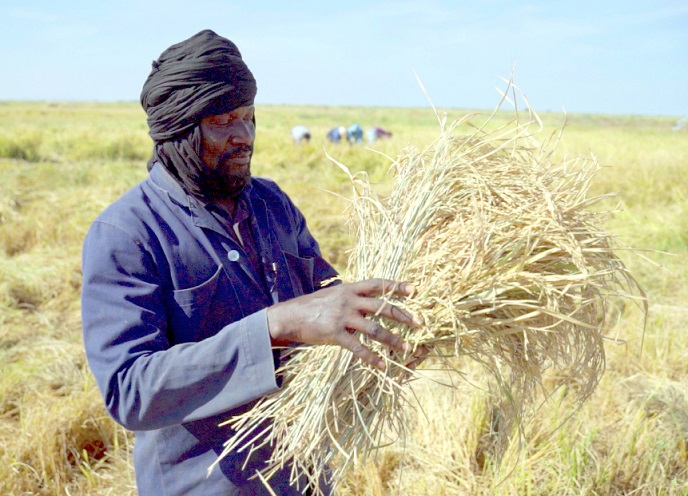Better ways of measuring trees could speed up forest evolution
The first scientific attempts to measure trees and study forests date back to the 19th century and were based on anatomical and physical observations. From the 1970s onwards, scientists began using more indirect methods based on physical signals such as X-ray, acoustic, and later, infrared. The researchers in the TOPWOOD project aimed to bring the techniques firmly into the 21st century by refining old methods and creating new ones to help solve some 21st century problems. “Today many living organisms including trees and forests are facing new climate conditions because of climate change – we have already observed unfavourable outcomes, such as declines and mortality, which we know are related to drought,” says Philippe Rozenberg, TOPWOOD project coordinator and research director at the French National Institute for Agricultural Research(opens in new window) (INRA). “Wood properties are very directly related to resistance to drought,” adds Rozenberg. The team, whose work was undertaken with support from the Marie Skłodowska-Curie programme, experimented with using microdensity, acoustic and near-infrared spectroscopy(opens in new window) (NIRS) techniques to precisely measure which basic properties of wood contribute to wood quality. They used this know-how to develop new devices which could provide calibrations of certain functional traits of wood. These include how it is formed, how it conducts water and what leads to cavitation – a situation when dry conditions cause the water column in trunks to break down, something like when a human being suffers an embolism.
Rapid results
“We know how to measure vulnerability to cavitation but these devices are very expensive, very tedious to use and the measurement rate is low – you can only measure a few trees per day. So we are exploring using NIRS as an alternative to have rapid access to resistance to drought,” says Rozenberg. The TOPWOOD researchers have achieved some promising results. They have used NIRS to convincingly calibrate this in one species of tree, the cordillera cypress, a softwood from the Andes. They have also demonstrated a significant relationship between the NIRS signal and vulnerability to cavitation in eucalypts, poplars, Douglas firs, Scotch pines and spruce, and have made progress with larch, radiata and maritime pines.
Evolutionary adaptation
“We have validated the significant relationship, so we are proposing a tool predicting the vulnerability to cavitation using only the NIRS signal. We can then go back to that forest with this information and identify which trees are more or less resistant to drought,” says Rozenberg. This could allow forest managers to decide which individual trees to keep and which to cut down, thus over time the whole forest would become more able to withstand drought. “It is almost as if we are speeding up evolution,” Rozenberg adds. What began as an attempt to improve forest scientists’ ability to gather and use data soon adopted the secondary, more applied aim of improving the quality of wood produced by forests. With the project now ended, some of the TOPWOOD team will carry on the work, applying this technique to trees and also to grapes with funding from French regional authorities. Moreover, preparations are underway to enlarge the original team and apply for more EU funding to take this line of research further.







